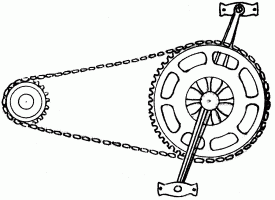Bike chain
chain Fixes, Reviews & Guides
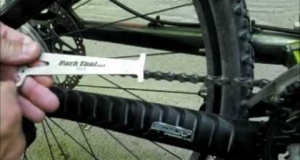
How to Check If Your Bike Chain is Worn Out
Chain wear can definitely affect your ride for the worst and can cause an accident. They wear out as a result of the rivets being pulled on by the outer plates. It’s what they call a chain...

How to Install a Shimano Chain
Chains are where you can get a lot of grit and just plain dirtiness accumulating so it’s something you should clean and maintain on a regular basis. If you need to install a chain, remember to get...
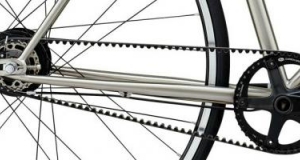
Carbon Belt Drive Bikes: What Are They, Who Makes Them and My Top 6 List
As bikers, we all want to be spoiled for choice. The Triathlete wouldn’t dare ride their carbon fiber cheese slicer to the corner shop nor would the Downhiller even dream of busting out the double...
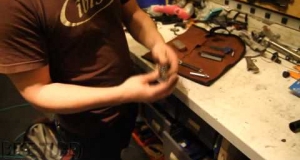
Bike Tools to Bring When You Ride
Local bike mechanic from Citizen Chain in San Francisco, Sasha, goes through the tools he carries with him when he rides.
These...
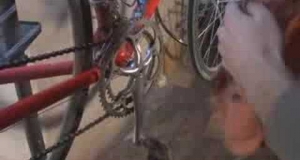
How to Clean & Lube your Bicycle's Drivetrain
A man and his rag: In this video we give you a quick overview of how keep your bike in superb running condition by keeping your drivetrain (i.e. cassette, chain, chain rings, dearailleur) clean....
